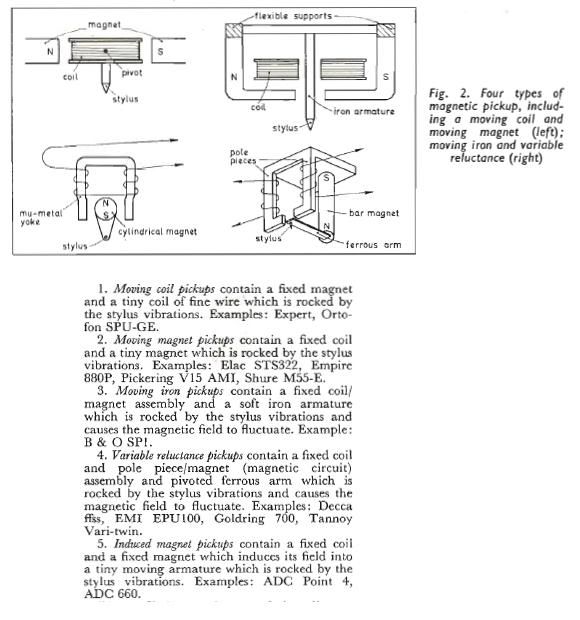@bdp24 Glad to hear of the option for a line contact stylus with the Maroon. I lived happily with my Reference and Jubilee until I had to send my Reference back to John Wright for a rebuild. Learning that he was about to retire I started to explore other options hoping to find an MI cartridge that would sound like the Decca. I was surprised to find the MP-500 came closest. The Soundsmith cartridges I have are similar but praiseworthy for their own merits. The Grado Statement3 is the least like a Decca, to my ear.
I have never heard a Pickering or a Stanton. Nor any of the other now defunct MI cartridges.


